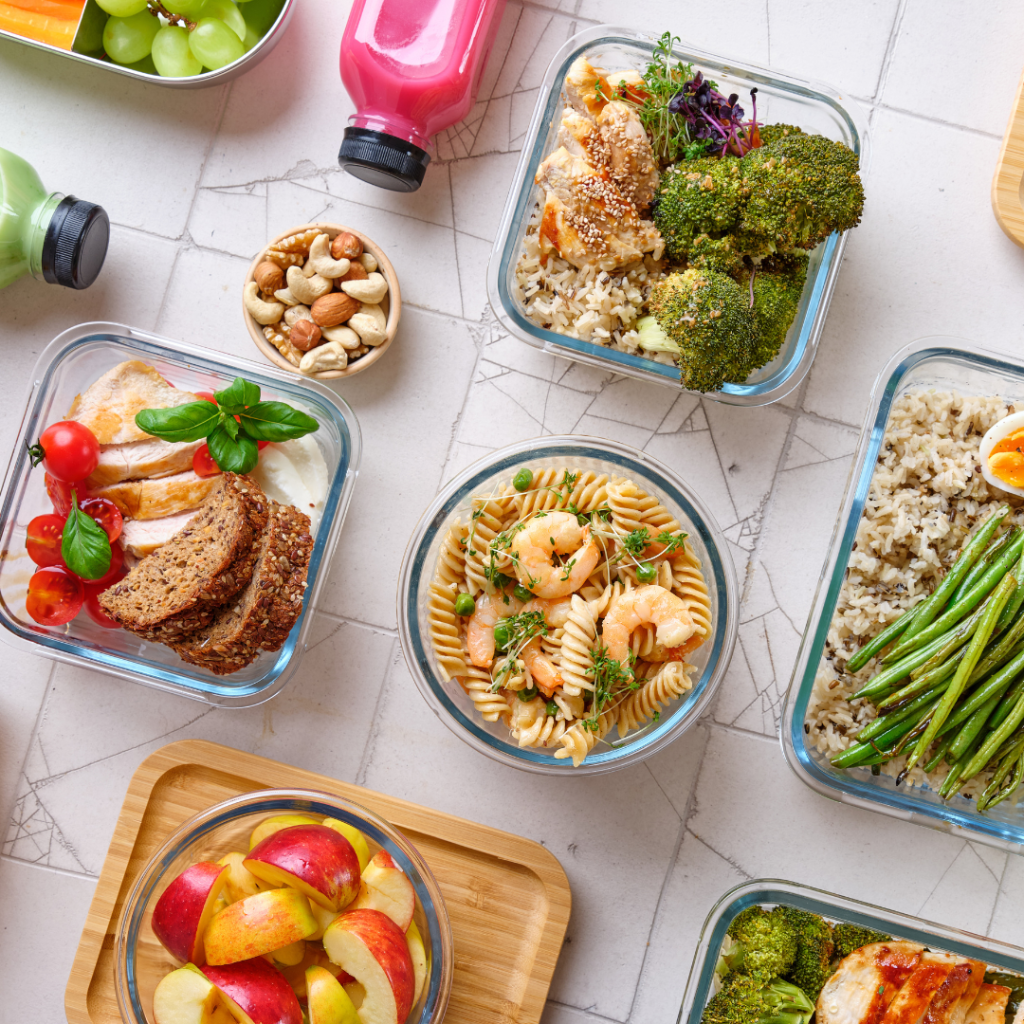Welcome to our section on nutrition! We’re delving into the art and science of meal planning in this blog post. Effective meal planning can change everything, whether you’re a busy professional, a student, or just someone looking to simplify your nutrition. Let’s look at some suggestions to make meal planning effective and enjoyable.
1. Recognize your objectives and preferences:
To start, decide what your dietary objectives are. Are you trying to lose weight, gain muscle, or just keep eating a healthy diet? Take into account any dietary preferences or restrictions you may have.
Pay attention to your routine and way of life. By doing this, you can adjust your meal plan to fit your daily schedule.
2. Establish a weekly schedule.
Plan out your upcoming week, taking into account your busiest days and any potential obstacles to maintaining a healthy diet.
Establish set meal and snack times. The key is consistency.
3. Balance Your Plate:
Make an effort to consume a wide range of nutrient-dense foods, such as lean proteins, whole grains, fruits, vegetables, and healthy fats.
To make your meals visually appealing and nutritionally varied, use a variety of colours and textures.
4. Batch preparing and cooking
Pick one or two days per week for batch cooking. To save time throughout the week, prepare staples like grains, proteins, and vegetables in bulk.
To keep your prepared ingredients fresh, make an investment in high-quality storage containers.
5. Combine and contrast:
Develop a collection of straightforward recipes with similar ingredients. You can purchase items in bulk and use them effectively in this way.
Experiment with different flavour combinations by combining proteins, vegetables, and grains in your meals.
6. Purchasing Smart Groceries:
To prevent making impulsive purchases at the grocery store, plan your meals beforehand.
remain in the store’s outer perimeter, where fresh produce, meats, and dairy are typically found.
7. Maintain Flexibility:
Plans can change because life happens. For last-minute changes, keep backup options on hand, such as frozen vegetables, canned beans, or pre-cooked proteins.
8. Continuity Control:
Watch your portion sizes to prevent overeating. Invest in measuring devices or employ visual cues (such as a portion of protein the size of a palm).
9. Mindful Consumption:
Indulge in your meals slowly. Disconnect from screens and phones and concentrate on the sensory experience of eating.
Conclusion:
The process of meal planning is dynamic and changes as your needs and preferences do. Try out various strategies, pay attention to your body, and enjoy the process of nourishing yourself with wholesome, mouthwatering meals. Enjoy your planning!

